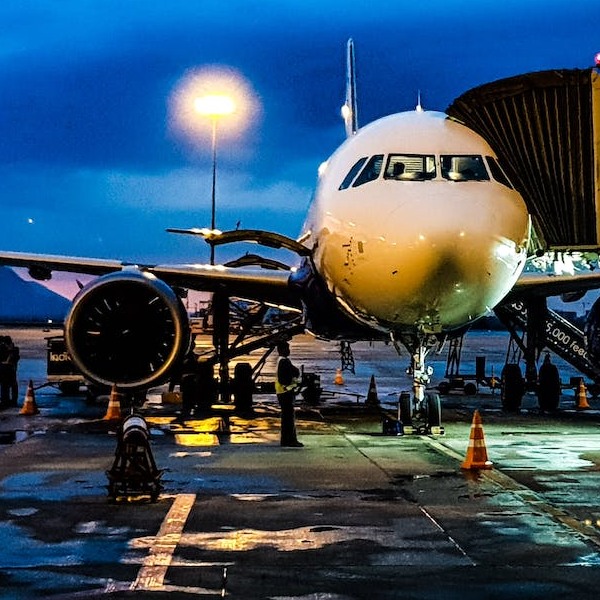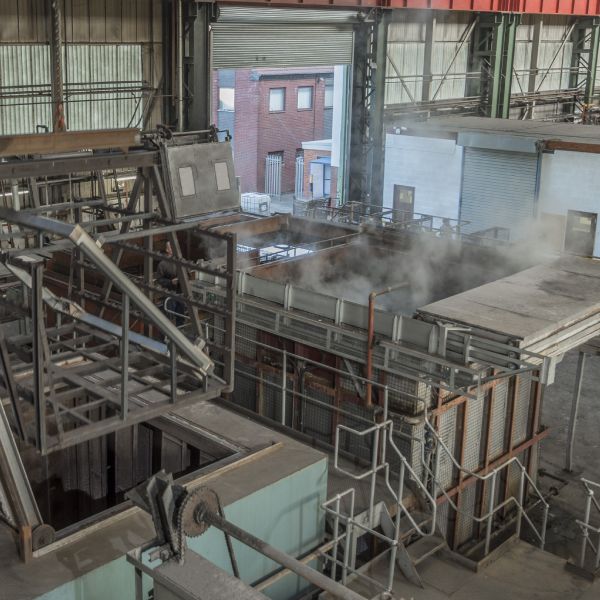Heat Treatment In The Aviation Industry
Heat Treatment for the Aviation Industry: Enhancing Performance and Longevity
In the aviation sector, where precision and reliability are critical, aviation heat treatment plays a vital role in enhancing the performance, durability, and safety of metal components. Aircraft parts are often subjected to extreme conditions, including high temperatures, low temperatures, intense pressures, and cyclic stresses. Heat treatment processes, especially for aluminium alloys, are indispensable in ensuring these parts meet stringent industry standards. At Alloy Heat Treatment (AHT), we specialise in delivering industry standard heat treatments and practices for aviation applications.
Why Heat Treatment is Essential in the Aviation Industry
The aviation industry depends heavily on heat-treated metals to achieve optimal strength, fatigue resistance, and corrosion protection. Aircraft operate in extreme environments, where untreated metals may suffer from structural weakness, cracking, or deformation.
Heat treatment addresses these issues by altering the metallurgical properties of metals to:
- Improve strength and hardness.
- Enhance fatigue resistance and ductility.
- Restore material characteristics compromised during production processes like welding, bending, or machining.
- Aircraft components such as turbine blades, engine casings, seat brackets, hydraulic fittings etc, undergo precision heat treatment processes to meet the demanding
- requirements of the aerospace sector.
Basic Heat Treatment Steps for Aviation: Heating, Soaking, Cooling
The heat treatment process in aviation typically involves three primary stages:
Heating:
The metal is uniformly heated to a specific temperature, depending on the desired treatment process. This step facilitates structural changes at atomic level, due expansion creating atomic spacings which permit atomic freedom.
Soaking:
The component is held at the target temperature for a predetermined period to allow the internal structure to stabilize and transform.
Cooling:
Rapid or controlled cooling follows the soaking phase. The cooling method—whether quenching in oil, brine, air, or other mediums—determines the final properties of the material, by locking-in phases or zones created at elevated temperatures.
This sequence ensures the desired balance between strength, toughness, and ductility, all crucial for aviation applications.
Heat Treatment Processes in the Aviation Industry
Annealing
Annealing involves heating metal to a temperature above the recrystallisation temperature, holding it there, and then cooling, slowly. This process relieves internal stresses, refines grain structure, and enhances ductility and machinability. For aviation components, annealing is required to enable low stress metal forming, and usually followed by heat treatments which induce strength. In some cases, the annealed state is required to maximise ductility in finished items.
Hardening
Hardening occurs when the heat treatment process induces maximum stress, either by transforming crystallographic structures and/or causing stressing of planes of atoms, resulting in increases in strength and wear resistance of metal parts. In the aerospace industry, this process often involves precipitation hardening, where solid solution alloys are heated and then cooled to develop high-strength properties essential for components like engine casings and gears.
Ageing
Ageing is a term often used for aluminium alloys. This process involves reheating previously quenched metal to a lower temperature, which gives the quenched structure sufficient energy and atomic space to cause stressing of planes of atoms, which increases strength. Only metal alloys which require high strength are subjected to critical applications, and usually strengthened by heat treatments such as age hardening.
Equipment and Methods at Alloy Heat Treatment
At AHT, we leverage a wide range of furnaces and tanks tailored to meet the specific requirements of aluminium and alloy heat treatment. Our industry standard, Nadcap approved, processing equipment ensures precise control over temperature, atmosphere, and cooling rates, essential for producing high-quality aviation components.
Our facilities include:
Solution and Annealing Treatment Furnaces:
Ideal for heating and soaking aluminium parts before quenching.
Quench Tanks:
Used for rapid cooling to lock-in the desired properties.
Age Hardening Furnaces:
Specifically designed for tempering and ageing processes to Class 1 tolerances.
Our processes are conducted in furnace chambers which are verified by periodic thermal and metallurgical testing, ensuring the highest standards of metallurgical integrity.
Applications of Heat Treatment in Aviation
Heat-treated components are at the heart of modern aviation technology. Some examples of parts treated at AHT include:
Landing Gear Parts:
Enhanced strength and corrosion resistance to ensure reliability in challenging environments.
Engine Casings and Stator Rings:
Withstand high pressure and cyclical stress during operation.
Hydraulic Fittings:
Require precise dimensional stability and corrosion resistance.
Gears and Transmission Parts:
Depend on hardening and partial stress-relief treatments to ensure long-term functionality.
Why Choose AHT for Aviation Heat Treatment?
Expertise in Aviation Standards
At AHT, we understand the unique challenges faced by the aviation industry. Our heat treatment processes comply with stringent aerospace standards, ensuring components meet the highest quality and performance benchmarks.
Get A Heat Treatment Quote Today!
Get A Quote: https://alloyheat.co.uk/get-quote/
Alloy Heat Treatment’s methodical heat treatment process is designed to elevate the quality, strength, and durability of aluminium alloy components. Through precision and rigorous quality checks, our processes yield the required quality standards into processed aluminium alloy components, making us a trusted partner for companies that demand excellence in heat treatment.












